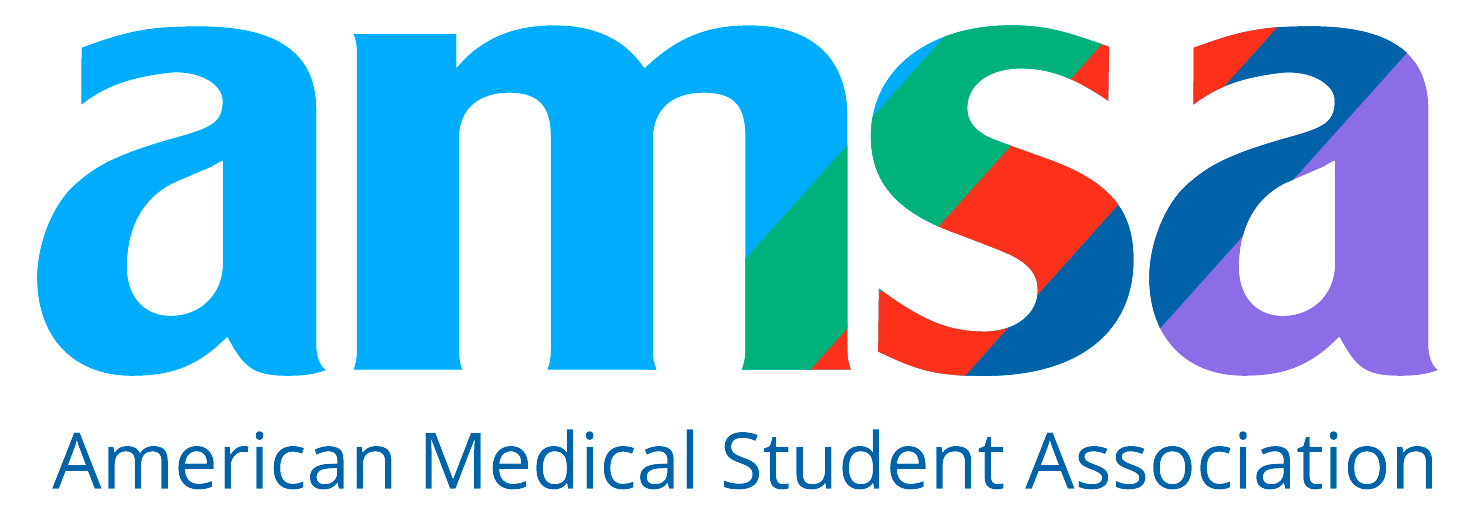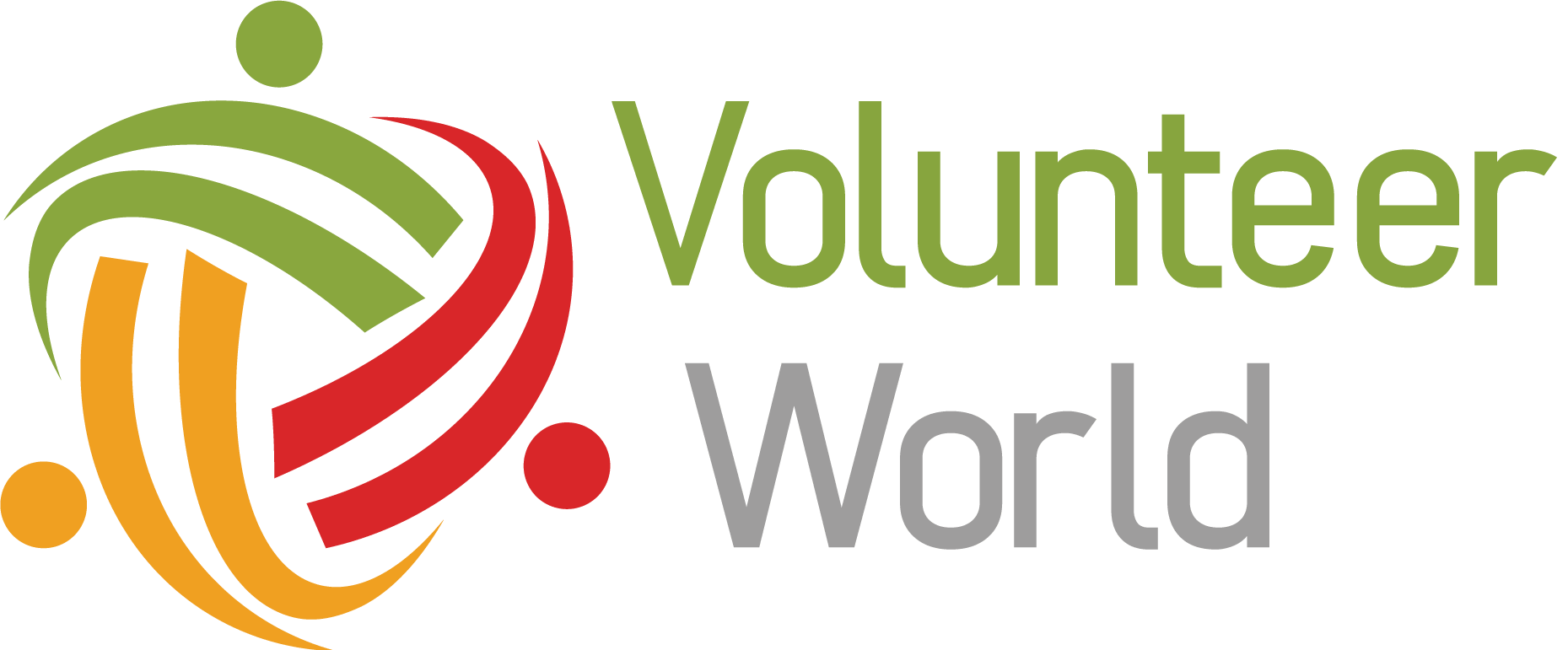Top 50 U.S. and International Medical Schools by Research Funding (2025 Edition)
Go-Elective Abroad
Top 50 U.S. and International Medical Schools by Research Funding (2025 Edition)
Why Research Funding Should Be on Your Radar
If you're planning to pursue academic medicine, competitive residencies, or dual MD/PhD pathways, research funding matters. Schools with major funding from the NIH (National Institutes of Health) and other global sources don’t just advance science — they also shape the next generation of clinician-researchers.
But how do you build a research-ready resume before you even enter medical school?
One answer: combine your academics with hands-on clinical exposure through a global internship — a proven way to show initiative, curiosity, and a global perspective valued by research-heavy institutions.
> Explore Go-Elective PreMed, PA, and Medical Internships Abroad
What Does Research Funding Mean for Students?
Medical schools with strong research funding tend to offer:
- Early access to labs, trials, and faculty-led projects
- A higher number of peer-reviewed publication opportunities
- Better funding for summer research programs
- Strong MD/PhD, global health, and academic medicine pipelines
- Enhanced residency competitiveness, especially in top programs
Whether you're interested in infectious disease, neuroscience, public health, or oncology, joining a school that’s investing heavily in research opens the door to discovery.
Top 25 U.S. Medical Schools by NIH Research Funding (2024–2025)
Based on the latest NIH data and institutional reporting, these U.S. medical schools lead in total research funding awarded:
All figures are approximate and reflect NIH funding alone — some schools receive significant additional funding from private research foundations and global agencies.
Top International Medical Schools by Research Funding
While NIH figures dominate in the U.S., globally competitive schools draw on major research funding from government, EU, or private sectors. Here are some top international institutions with strong biomedical research support:
-
Karolinska Institutet (Sweden) – Top-tier global research funding and home of the Nobel Prize committee
-
University of Oxford (UK) – Major EU and UKRI grants across medicine and immunology
-
University of Cambridge (UK) – Renowned for stem cell, oncology, and neuroscience research
-
University of Toronto (Canada) – Leading research university in North America outside the U.S.
-
University of British Columbia (Canada) – High NIH-equivalent health science grants
-
National University of Singapore (NUS) – Robust investments in translational medicine and biotech
-
University of Melbourne (Australia) – Strong R&D focus in infectious disease and Indigenous health
-
University of Sydney (Australia) – Leading recipient of medical research grants in Oceania
-
University of Tokyo (Japan) – Pioneers in biomedical science and AI-based clinical modeling
-
Chinese University of Hong Kong (CUHK) – Rapid growth in global health, public policy, and genomics
What This Means for Pre-Meds and Global Health Enthusiasts
If you're planning to apply to a research-intensive med school, here’s how to align early:
- Get exposure to clinical cases and diseases that matter — especially in underserved populations
- Pursue research or capstone projects in global health, infectious disease, or maternal care
- Highlight cultural competence, resilience, and initiative in your application
- Show interest in complex, systems-level thinking — which often starts in hospitals abroad
At Go Elective, many of our interns observe or contribute to clinical documentation, community outreach, and global health interventions — experiences that inspire research questions, senior theses, and med school essays.
Final Thoughts: Research Schools Want More Than Numbers
Yes, top schools are pouring hundreds of millions into research. But they’re also looking for students who show:
- Curiosity and independent thinking
- Cultural humility and adaptability
- A global understanding of healthcare challenges
- Real-world exposure to underserved settings
Whether you're preparing to publish or just exploring a future in medicine, Go Elective's clinical internships give you firsthand experience in resource-limited hospitals, helping you build a foundation that research-focused schools value.
Article Details
Categories
Recent Articles , Pre-health, Medical Electives, Med Schools,
Author: Go-Elective Abroad
Date Published: Sep 7, 2025
Travel with us.
Inquire Today!
Go Elective offers immersive opportunities for medical students, pre-med undergraduates, residents, nursing practitioners, and PAs to gain guided invaluable experience in busy hospitals abroad. Discover the power of study, travel, and impact.






